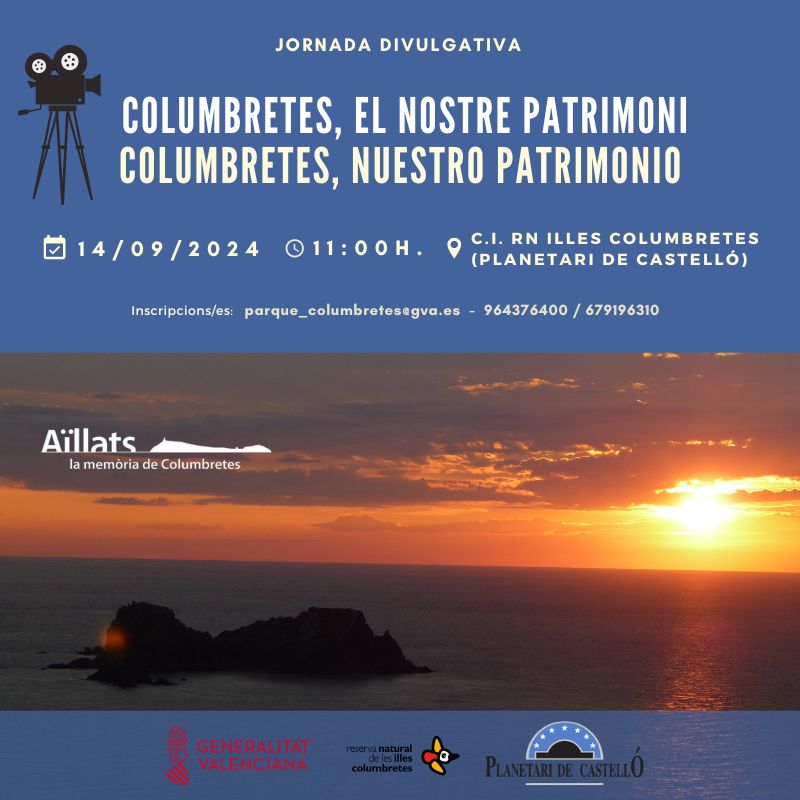Proyección: Aïllats, la memòria de Columbretes
Más información en: parque_columbretes@gva.es o
964 376 400 / 679 196 310
Proyección del documental Aïllats, la memòria de Columbretes, para recordar historias y anécdotas de los últimos fareros y guardas que vivieron en este magnífico enclave natural, único en nuestra Comunitat Valenciana.
Organiza: Reserva Natural de las Islas Columbretes

